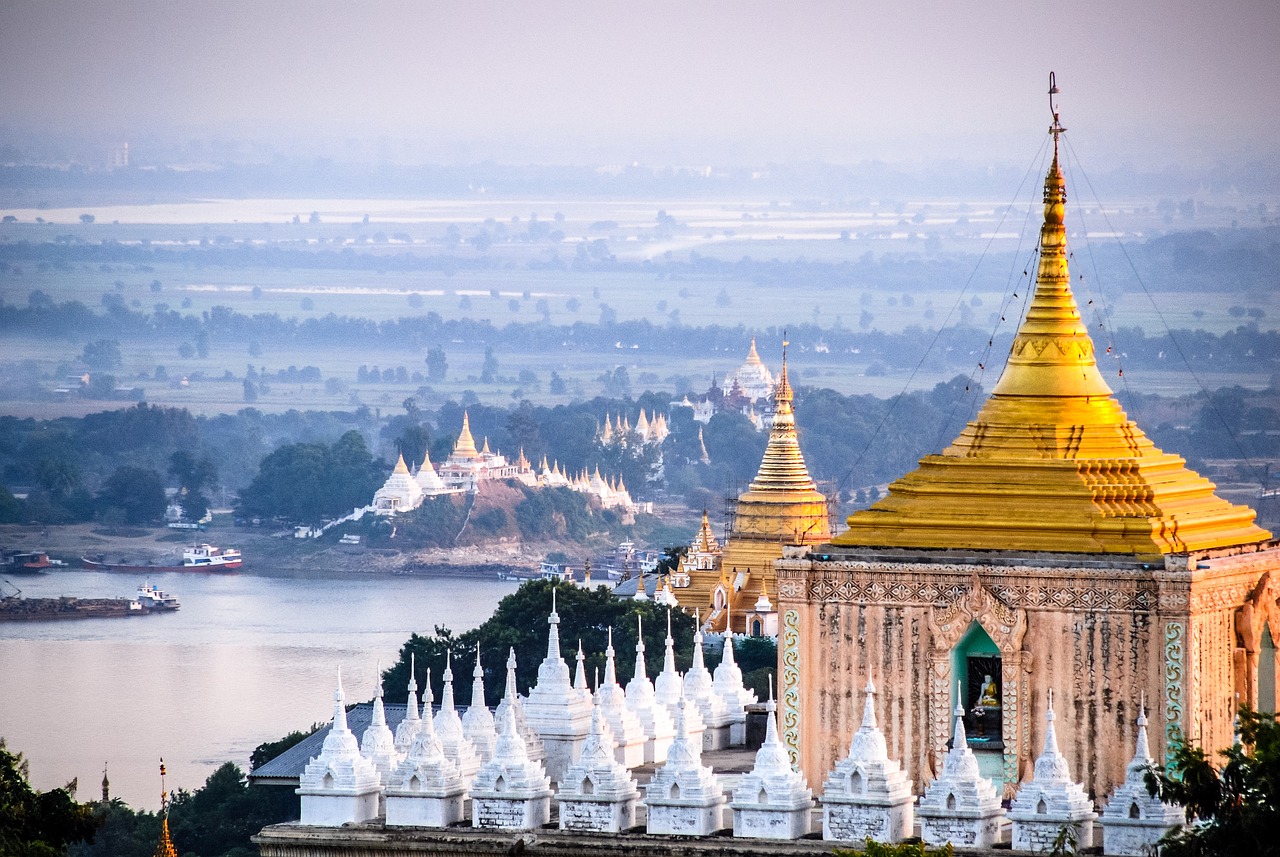Myanmar Video
Language and Communication: Overcoming Barriers in Myanmar
Myanmar, also known as Burma, is a diverse country located in Southeast Asia. With over 135 distinct ethnic groups and languages, language and communication play a crucial role in the country’s social and economic development. However, Myanmar faces various barriers to effective communication due to its linguistic diversity and historical factors. In this article, we will explore the challenges faced by Myanmar in overcoming language barriers and the initiatives taken to promote effective communication across the nation.
Language Diversity in Myanmar
Myanmar is home to a rich linguistic tapestry, with more than 135 recognized languages spoken across the country. The official language is Burmese, spoken by the majority of the population. However, numerous ethnic minority languages are also spoken, such as Shan, Karen, Kachin, Chin, and many others. This linguistic diversity poses significant challenges to effective communication, both within communities and at a national level.
- Burmese Language: Burmese is the official language of Myanmar and serves as the lingua franca for communication between different ethnic groups. It is primarily spoken in central and southern regions of the country.
- Ethnic Minority Languages: Myanmar’s ethnic minority languages are spoken in specific regions and communities across the country. These languages have their own unique grammar, vocabulary, and writing systems.
- Language Isolation: Due to geographic and cultural factors, some ethnic groups in Myanmar have limited exposure to languages other than their own. This isolation can hinder communication and integration.
- Language Endangerment: Several minority languages in Myanmar are at risk of extinction due to factors such as urbanization, migration, and cultural assimilation.
Barriers to Effective Communication
The linguistic diversity in Myanmar gives rise to various barriers that hinder effective communication within the country. These barriers include:
- Lack of Mutual Understanding: Language barriers can lead to misunderstandings, misinterpretations, and conflicts between different linguistic groups.
- Limited Access to Education: In some regions, access to quality education in ethnic minority languages is limited, which can impede language development and communication skills.
- Language Stigma: Certain languages, particularly those spoken by marginalized ethnic groups, face discrimination and stigmatization, affecting the confidence and willingness of individuals to communicate in their native languages.
- Interpretation and Translation Challenges: The availability of trained interpreters and translators proficient in different languages is limited, making communication difficult in diverse settings such as healthcare, legal, and administrative contexts.
Government Initiatives and Language Policies
Recognizing the importance of effective communication for national unity and development, the Myanmar government has taken several initiatives to address language barriers and promote linguistic inclusivity. These include:
- National Language Policy: The government has implemented a National Language Policy to promote the use and preservation of ethnic minority languages alongside Burmese. This policy aims to provide equal opportunities for education and cultural expression in all languages.
- Language Education: Efforts have been made to improve access to education in ethnic minority languages, including the development of curriculum materials, teacher training programs, and bilingual education initiatives.
- Translation and Interpretation Services: The government is working to expand the availability of professional translation and interpretation services to bridge communication gaps in various sectors.
- Language Documentation and Revitalization: Projects are underway to document endangered languages, preserve linguistic heritage, and promote language revitalization through community-based initiatives.
Community-Led Communication Initiatives
In addition to government efforts, various community-led initiatives have emerged to overcome language barriers and promote inclusive communication in Myanmar. These initiatives include:
- Community Language Centers: Non-profit organizations and community groups have established language centers to provide language learning opportunities, cultural exchange programs, and translation services.
- Language Exchange Programs: Language exchange programs bring together individuals from different linguistic backgrounds to facilitate mutual learning and understanding.
- Media and Technology: The use of media platforms, such as radio, television, and online resources, plays a crucial role in disseminating information and promoting multilingual communication.
- Interethnic Dialogue: Interethnic dialogue forums and events provide platforms for open discussions, fostering understanding and collaboration between different linguistic and cultural groups.
Conclusion
Language and communication barriers in Myanmar pose significant challenges to social cohesion, economic development, and cultural preservation. However, through government initiatives and community-led efforts, progress is being made to overcome these barriers and promote inclusive communication. By embracing linguistic diversity and ensuring equal access to education and resources, Myanmar can create a more inclusive society where effective communication bridges the gaps between different ethnic groups.
References
– Ministry of Education Myanmar: education.gov.mm
– Myanmar Language Commission: mlc.gov.mm
– UNESCO: unesco.org


